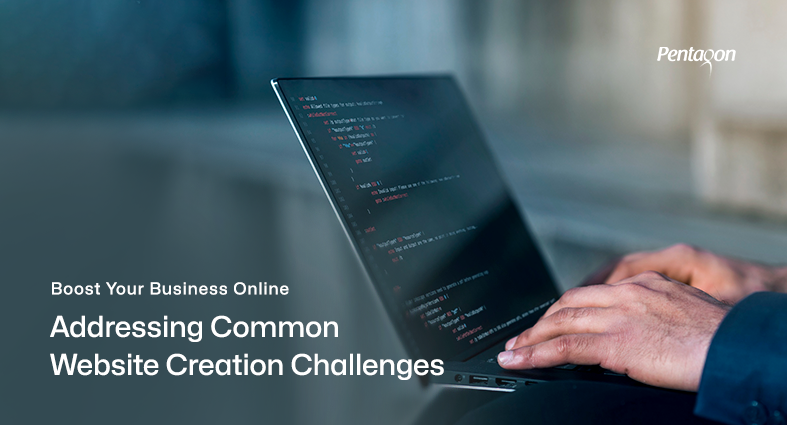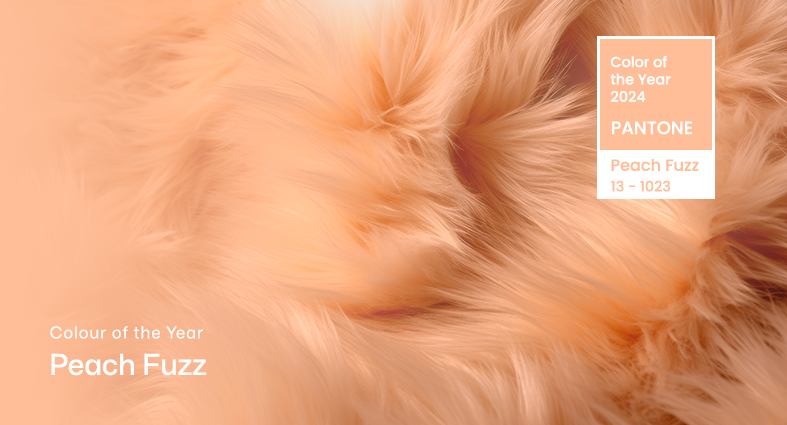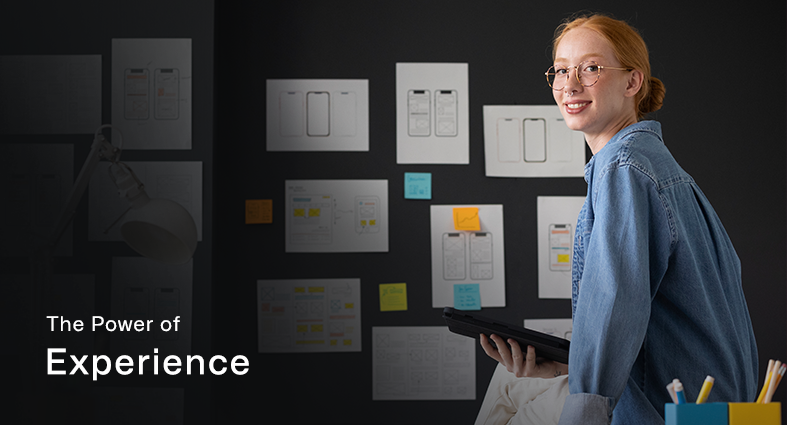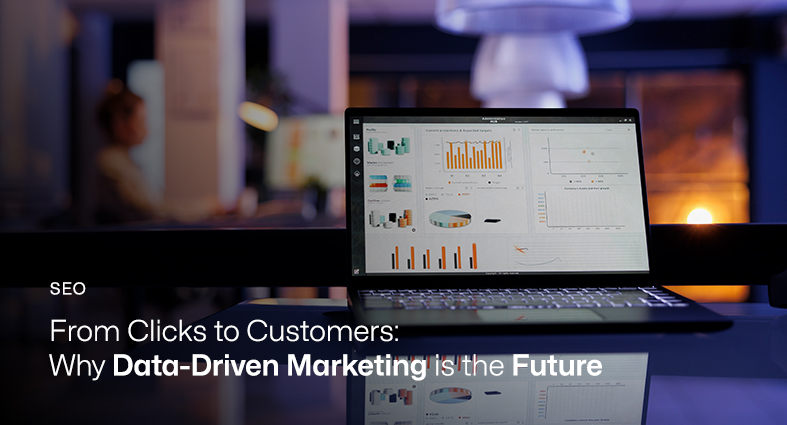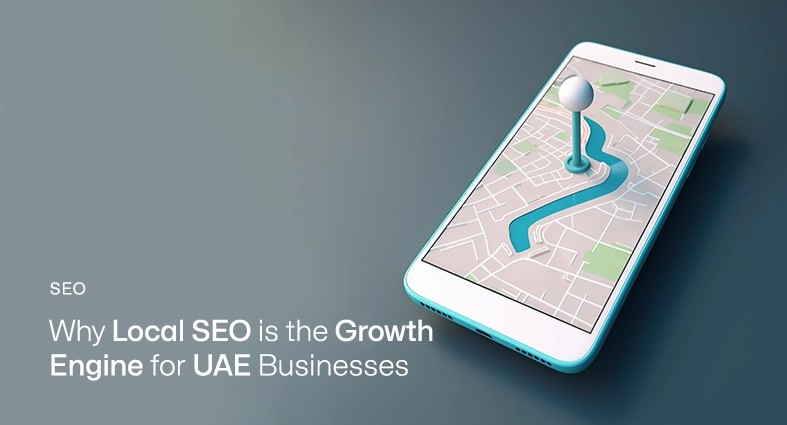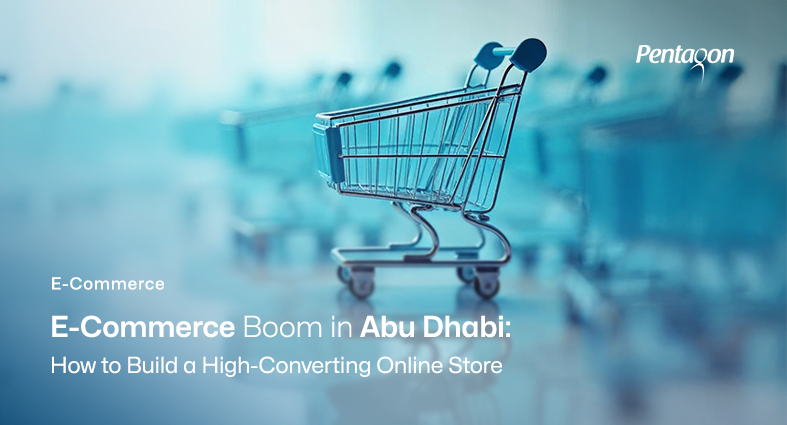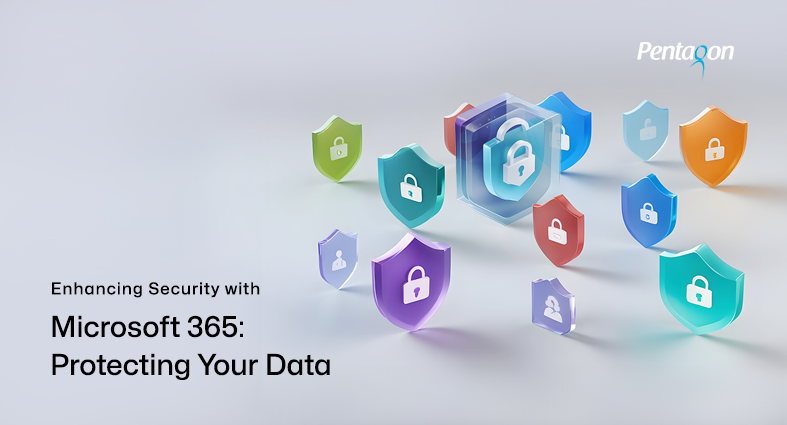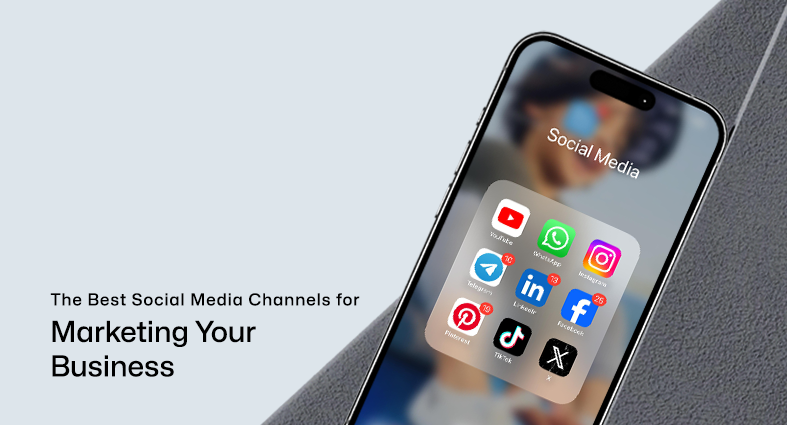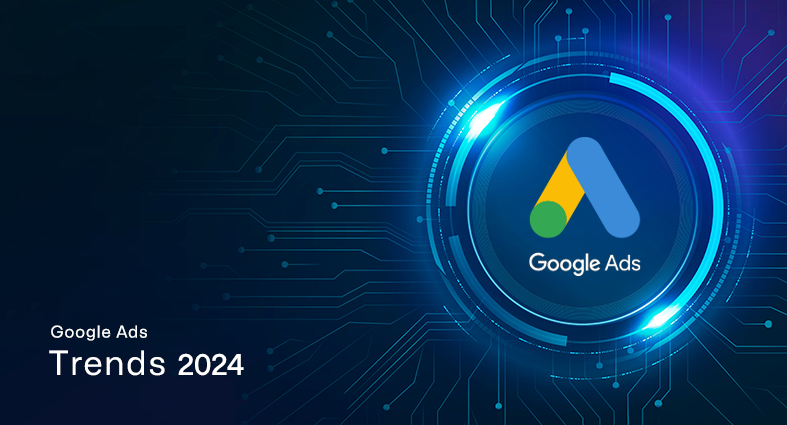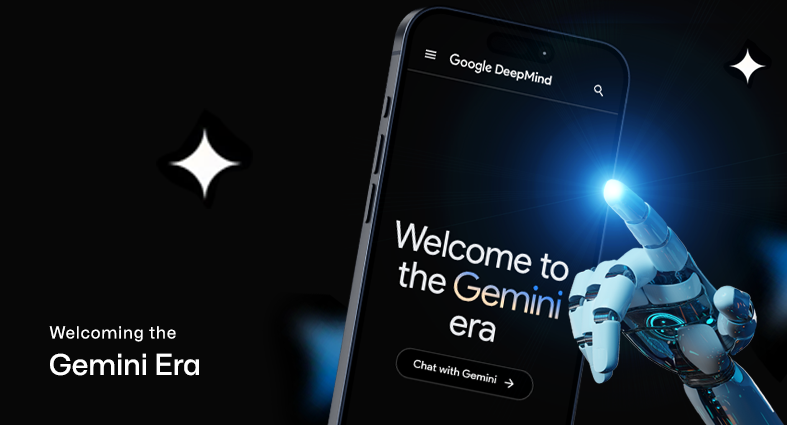The world of web design is constantly evolving and it is important to stay up to date with the latest trends to create websites that are not only aesthetically pleasing but also functional and user-friendly. From responsive typography to bold colors, the latest trends in web design can help you create a website that stands out from the rest. In this article, we will explore some of the newest and most exciting trends in web design including minimalism, micro-interactions, parallax scrolling, video backgrounds, custom illustrations, and more. By incorporating these trends into your web design, you can create a website that not only looks great but also functions smoothly and delivers an exceptional user experience that keeps visitors coming back for more. In addition to making your website look good, these latest trends in web design are also about creating a better user experience. Whether you are designing a website for personal or business purposes, these trends will help you take your web design game to the next level.
Elevating Your Web Design Game with Modern Design Elements
Web design trends are constantly evolving, and keeping up with the latest trends is crucial to stay ahead of the competition. With more people relying on the internet for information and services, having a visually appealing and user-friendly website can make all the difference. One way to achieve this is by incorporating modern design elements into your web design. These design elements can elevate your website, making it more engaging, accessible, and memorable for your visitors. From responsive typography and flat design to custom illustrations and bold colors, various design elements can take your website to the next level. Responsive typography, minimalism, micro-interactions, flat design, material design, parallax scrolling, video backgrounds, custom illustrations, bold colors, and geometric shapes are among the latest web design trends that are revolutionizing the industry.
Responsive Typography
Responsive typography is a design approach that ensures text is legible and easy to read on all screen sizes, from desktop to mobile devices. With more people accessing the internet on their smartphones and tablets, it has become essential for web designers to use typography that adapts to different screen sizes. Responsive typography is achieved by using fluid typography, which adjusts font size, line spacing, and line length to fit the screen size. This approach ensures that website content is optimized for different screen sizes without sacrificing the user experience. Choosing the right typography is crucial to establish the tone and personality of your website, making it more memorable and recognizable. By incorporating responsive typography into your web design, you can create a cohesive and consistent user experience across all devices.
Minimalism
Minimalism is a popular design style that emphasizes simplicity and uses only essential elements to communicate the message. Minimalist web design is characterized by the use of negative space, limited color palettes, and clean lines. By stripping away unnecessary elements, minimalist designs can make content easier to understand and navigate. Minimalism can also enhance the user experience by reducing clutter and distractions, leading to a more focused and streamlined browsing experience. This design trend is particularly popular among websites that prioritize functionality and user-centered design. Minimalism can also be applied to e-commerce websites, making it easier for customers to find products and complete transactions. By using white space and simple designs, minimalist web design can create a sense of sophistication and elegance that resonates with modern audiences.
Micro-Interactions
Micro-interactions are small, subtle animations and interactions that occur in response to a user’s actions on a website. These interactions can help to guide the user and create a more engaging and interactive experience. Examples of micro-interactions include hovering over a button to reveal additional information, a small animation when submitting a form, or a subtle change in color when hovering over a link. These small interactions can have a big impact on the user experience, making the website feel more responsive and dynamic. Micro-interactions can also be used to communicate feedback to the user, such as when a form is submitted successfully. When used effectively, micro-interactions can help to create a more memorable and enjoyable user experience, ultimately leading to increased engagement and conversions on your website.
Flat Design
Flat design is a design style that focuses on simplicity and minimalism, with a focus on clean lines and bold colors. It is a popular trend in web design that has gained popularity in recent years, especially with the rise of mobile devices. Flat design is characterized by a two-dimensional, minimalist look that emphasizes usability and functionality over ornate graphics and visual effects. The use of flat design can help to improve website loading times, as it typically involves fewer complex visual elements. Additionally, the use of bold colors and simple shapes can help to create a memorable and distinctive brand identity. Flat design can also help to improve user experience by creating a clear and concise visual hierarchy that guides users through the website’s content.
Material Design
Material Design is a design language developed by Google that is based on tactile reality, creating a visual language that synthesizes classic principles of good design with the innovation and possibility of technology and science. It emphasizes a clean, flat, and consistent design aesthetic. Material design uses a grid-based layout, bold and colorful graphics, and intuitive animations to create a seamless and engaging user experience. It is a perfect design style for websites that rely on visual storytelling and interactive elements. Material Design also provides a set of guidelines for design and interaction that help to create a consistent experience across all platforms, including mobile devices and desktop computers. By incorporating material design elements into your website, you can create a modern and visually appealing design that stands out from the competition while ensuring a seamless user experience.
Parallax Scrolling
Parallax scrolling is a technique in web design that creates a 3D effect by moving the background at a slower pace than the foreground. This technique can create a sense of depth and immersion for website visitors, making it a popular design trend in recent years. Parallax scrolling is also a great way to tell a story or showcase products or services. By using different layers and scrolling speeds, web designers can guide visitors through a visual journey that is both engaging and memorable. However, it is important to use this technique in moderation as too much parallax scrolling can slow down the website and negatively impact the user experience. When used correctly, parallax scrolling can add an extra level of sophistication and interactivity to your web design.
Video Backgrounds
Using video backgrounds in web design can create a dynamic and immersive experience for visitors. It allows for visual storytelling, giving your website a unique and memorable personality. Video backgrounds can be used for a variety of purposes, such as showcasing products or services, adding movement and depth to a page, or setting a mood or tone. However, it’s important to use video backgrounds strategically and avoid slowing down the page’s loading speed. Video backgrounds should also be optimized for different devices and screen sizes to ensure a seamless user experience. When used correctly, video backgrounds can add an extra dimension to your website and help you stand out from the competition.
Custom Illustrations
Custom illustrations can help to convey complex ideas simply and engagingly. Unlike stock images, custom illustrations can be tailored to match your brand and style, making them unique to your website. Custom illustrations can be used in various ways, from background visuals to icons and infographics. They can help to create a consistent visual language throughout your website, making it more memorable and distinctive. In addition, custom illustrations can also help to increase engagement and create a more welcoming and friendly user experience. With the right custom illustrations, your website can stand out and leave a lasting impression on your visitors.
Bold Colors
Using bold and vibrant colors in web design can help to create a visually striking and memorable website. Bold colors can evoke different emotions and convey a brand’s personality, making it easier for visitors to connect with the website. Bright colors can be used as accents to draw attention to specific elements of the website, or they can be used more extensively to create a bold and dynamic design. However, it is important to use colors that are complementary and not overwhelming to the user. A well-designed color scheme can enhance the user experience, increase engagement, and improve brand recognition. When used effectively, bold colors can be a powerful tool for creating a unique and memorable website that stands out from the competition.
Geometric Shapes
Geometric shapes are a trend in web design that has been gaining popularity in recent years. They can add visual interest and structure to a website, helping to draw the user’s eye to key elements. Geometric shapes can be used as background patterns, overlays, or to create unique layouts. By using geometric shapes, web designers can create a modern and clean look that is both eye-catching and professional. In addition, geometric shapes can be used to create interesting animations and transitions that add to the user experience. When using geometric shapes in web design, it’s important to choose shapes that align with your brand and message and to use them sparingly to avoid overwhelming the user. Overall, incorporating geometric shapes in your web design can help to create a cohesive and visually stunning website.
Conclusion
By embracing responsive typography, minimalism, micro-interactions, flat design, material design, parallax scrolling, video backgrounds, custom illustrations, bold colors, and geometric shapes, web designers can create visually stunning websites that engage users and leave a lasting impression. However, it’s important to remember that trends should be used as a starting point, and not as a template for all designs. Ultimately, the most successful web designs are those that are tailored to the specific needs of the target audience and the business goals. By keeping an eye on emerging trends and experimenting with new techniques, designers can continue to push the boundaries of what’s possible in web design and create websites that truly stand out. Transform your online presence and take your business to the next level with Pentagon Information Technology’s professional web design services in Abu Dhabi. Contact us now to get started!
services
Feel free to send us a message.
Please, share your thoughts, and let's chat over a cup of tea.






